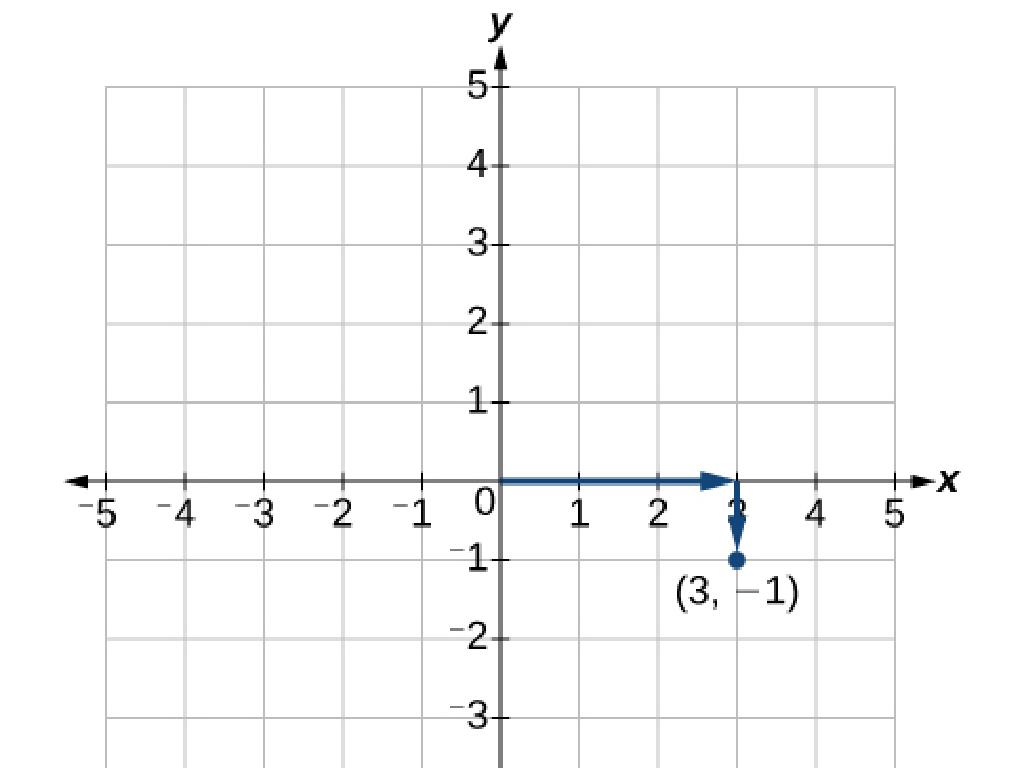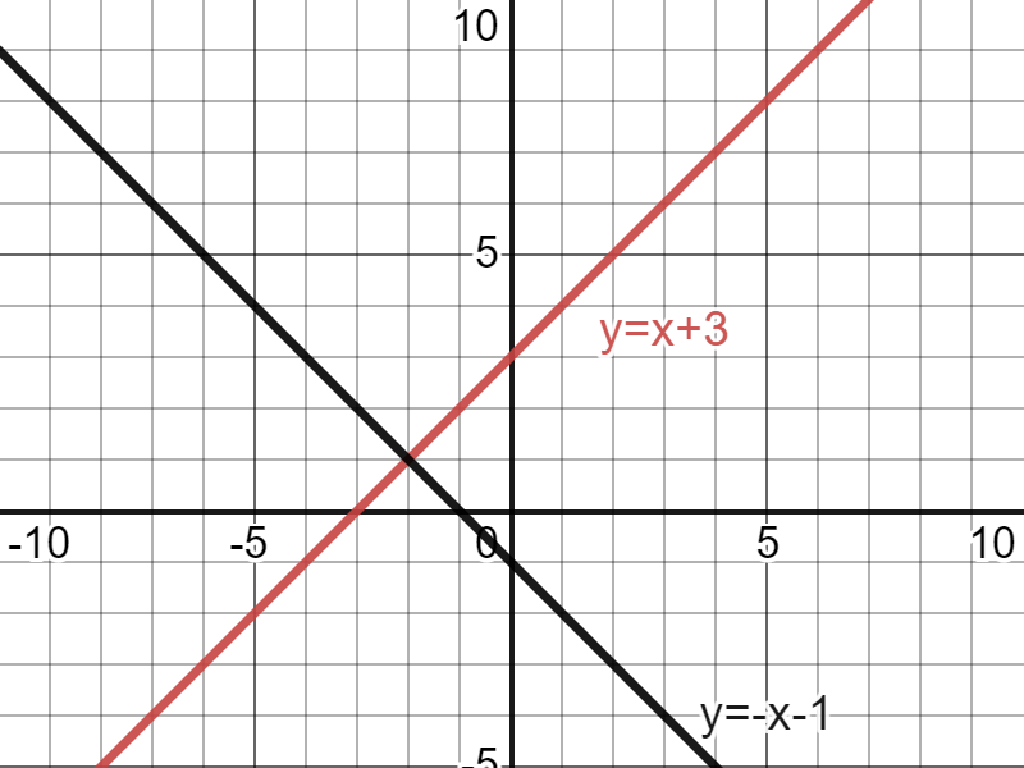Count Pennies, Nickels, And Dimes
Subject: Math
Grade: First grade
Topic: Money
Please LOG IN to download the presentation. Access is available to registered users only.
View More Content
Welcome to Money Math!
– Greet the class with enthusiasm
– Introduce different coins
– Coins come in different sizes and values
– Learn to count pennies
– Each penny is worth 1 cent
– Count nickels and dimes
– Nickels are worth 5 cents, dimes are worth 10 cents
|
Begin the class with a warm welcome to set a positive tone for the lesson. Introduce the concept of money by showing real coins or pictures of pennies, nickels, and dimes. Explain that each type of coin has a different value. Start with pennies, as they are worth 1 cent and are the simplest for counting. Then, move on to nickels and dimes, explaining their values. Use hands-on activities with actual coins or manipulatives to help students practice counting. Encourage students to understand the value of each coin and how to count them individually and together. This foundational knowledge will be crucial for their understanding of money and math.
What is Money?
– Money is used to buy things
– Like toys, snacks, and books
– Coins and bills are types of money
– We use coins like pennies, nickels, and dimes
– Today’s focus: Coins!
– Coins have different sizes and values
– A penny is 1 cent, a nickel is 5 cents, and a dime is 10 cents
|
This slide introduces the concept of money to first graders, emphasizing its use in everyday transactions. It distinguishes between coins and bills, setting the stage for a focused discussion on coins, particularly pennies, nickels, and dimes. Explain that money comes in different forms and that today we will learn about coins, which are small round pieces of metal. Each coin has a different size and value, and it’s important for students to recognize them. Use real coins for demonstration if possible, and encourage students to touch and see the differences. This will help them understand that the value of money is not always related to its size.
Meet the Penny: Our Smallest Coin
– A penny is worth 1 cent
– It’s the smallest value coin
– Abraham Lincoln is on the penny
– Our 16th president, Abraham Lincoln, is featured on the penny
– Recognizing and counting pennies
– Practice counting by ones using pennies
|
This slide introduces the penny to first graders, emphasizing its value, size, and the historical figure depicted on it. Start by showing a penny and explaining that it is worth 1 cent, which is the smallest unit of money in the United States. Highlight that the penny is the smallest in value among coins, making it a good starting point for learning to count money. Point out Abraham Lincoln’s image on the coin, and connect it to his role as an important historical figure. Engage the students in recognizing and counting pennies by providing them with real or play coins and guiding them to count by ones to find the total value. This activity will help solidify their understanding of the penny’s value and how to count with it.
Meet the Nickel
– A nickel is worth 5 cents
– Equal to 5 pennies
– Think of it as 5 little pennies in one!
– Thomas Jefferson’s portrait
– Our third President is on the nickel
– Recognizing the nickel
– It’s larger than a penny and has smooth edges
|
This slide introduces the nickel to first graders, helping them understand its value and physical characteristics. Emphasize that a nickel is worth the same as five pennies, making it easier for them to grasp the concept of its value. Show them a picture of Thomas Jefferson and explain that he is an important figure in American history, which is why he is on the nickel. Have real nickels for the students to touch and feel, and compare them with pennies to notice differences in size and edge texture. This tactile experience will help solidify their understanding of the coin. Encourage the students to find nickels in their own piggy banks or at home to bring to class for further discussion.
Meet the Dime: A Valuable Coin
– A dime is worth 10 cents
– Smallest coin, but not the least
– Though tiny, it’s worth more than a penny (1 cent) and a nickel (5 cents)
– Franklin D. Roosevelt’s portrait
– Our 32nd president is featured on the dime
– Recognizing and counting dimes
– Practice counting by tens using dimes
|
This slide introduces the dime to first graders, emphasizing its value, size, and the historical figure depicted on it. Start by explaining that a dime is worth 10 cents, which is more than a penny and a nickel combined. Highlight the size of the dime as the smallest coin, which can be a fun and surprising fact for the students. Show them the portrait of Franklin D. Roosevelt and explain who he was. Finally, engage the students in an activity where they count dimes to reinforce their understanding of its value and practice their counting skills. Have real or play dimes for the students to handle and count during the activity.
Counting Pennies
– Understanding pennies
– A penny is worth 1 cent, the smallest US coin.
– Each penny equals one step
– Think of adding one penny as taking a step.
– Counting practice: 1, 2, 3…
– Practice counting by ones using pennies.
– Let’s count pennies together!
|
This slide is aimed at helping first graders understand the concept of counting using pennies. Start by explaining that a penny is the smallest unit of money in the US, worth one cent. Illustrate that each penny added is like taking one more step, which helps in visualizing the counting process. Engage the students in a counting activity where they count pennies in sequence, reinforcing the concept of one-to-one correspondence. Encourage them to count aloud together and use physical pennies for tactile learning. This will help solidify their understanding of basic counting and the value of pennies.
Counting Nickels
– Each nickel is worth 5 cents
– Counting by fives: 5, 10, 15…
– Like steps: 5, 10, 15… each step is a nickel
– Practice with nickels together
– We’ll count nickels as a class activity
– Understand nickel values
– Recognize that 2 nickels make 10 cents, 3 make 15 cents, and so on
|
This slide is focused on teaching first graders to count by fives using nickels. Start by explaining that each nickel is worth 5 cents. Use visual aids like pictures of nickels or actual coins if possible. Engage the class in a counting activity by having them count aloud in increments of five, correlating each increment with the value of one nickel. Provide examples and practice opportunities, such as asking how many nickels are needed to make 10, 15, or 20 cents. Reinforce the concept that adding one nickel increases the total by 5 cents. Encourage students to visualize the growing value as they add more nickels, and ensure they understand the cumulative value of multiple nickels.
Counting Dimes: Learning to Count by Tens
– Understanding the value of a dime
– A dime is worth 10 cents, like 10 steps
– Counting by tens with dimes
– Practice counting: 10, 20, 30, up to 100
– Interactive dime counting practice
– Let’s count together using real or play dimes
– Reinforce counting by tens concept
– Remember, every dime is a step of 10!
|
This slide is focused on teaching first graders the concept of counting by tens using dimes. Start by explaining that each dime is worth 10 cents, which can be thought of as taking 10 steps forward each time. Use visual aids like images of dimes or physical play coins to help students visualize the process. Engage the class in an interactive activity where they count out loud by tens as you show dimes one by one. This will help reinforce the concept that dimes add up in tens, which is a fundamental skill in understanding money and basic arithmetic. Encourage students to practice at home with their own piggy banks or play money to build confidence.
Mixing Coins: Counting Together
– Start counting with pennies
– Add nickels after pennies
– Count dimes last
– Example: 2 dimes, 1 nickel, 3 pennies
– 2 dimes = 20 cents, 1 nickel = 5 cents, 3 pennies = 3 cents, Total = 28 cents
|
This slide is designed to teach students how to count mixed coins. Begin by explaining that it’s often easier to start with the smallest value coin, which is the penny. Once they have counted all the pennies, they can move on to nickels, and finally dimes, adding the value of each to their total count. Use the example provided to show them how to add up the value of different coins to find the total amount of money. Encourage students to practice with real coins or manipulatives to reinforce the concept. The goal is for students to become comfortable with recognizing coins and their values, as well as being able to add them together to find a total.
Class Activity: Coin Counting Fun!
– It’s your turn to count coins!
– Receive a bag with different coins
– You’ll find pennies, nickels, and dimes inside
– Count the total value of your coins
– Remember: 1 penny = 1 cent, 1 nickel = 5 cents, 1 dime = 10 cents
– Share how much money you counted
|
This activity is designed to help first graders practice counting money using pennies, nickels, and dimes. Distribute pre-prepared bags containing a mix of these coins to each student. Guide them through the process of identifying each coin and its value. Encourage them to count the total amount of money in their bags. After counting, each student will share their total with the class, which will help reinforce their counting skills and build confidence. Possible variations of the activity could include grouping students to count together, using real or play money, and introducing simple addition problems involving the coins they’ve counted.
Counting Coins: Great Work!
– Excellent counting today!
– Practice makes perfect
– Count coins with family
– Show your parents how you count pennies, nickels, and dimes.
– Keep learning and having fun
|
This slide is meant to congratulate the students on their hard work during the lesson and to encourage them to continue practicing at home. Emphasize the importance of regular practice to improve their coin counting skills. Suggest that they involve their parents or guardians by demonstrating what they’ve learned, which can also be a fun family activity. Provide some simple tips for parents to help their children practice, such as playing ‘store’ or using real coins to count and add up to different amounts. Remind the students to keep a positive attitude towards learning and to find joy in their progress.






